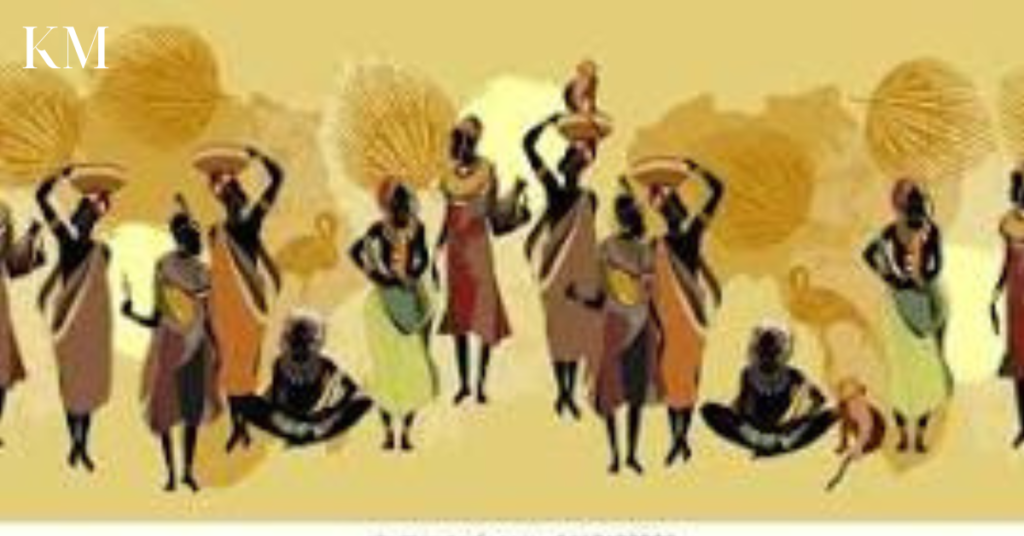
In the heart of many communities, buried inside the vivid fabric of African American culture, is a time-tested tradition: the ornamented church hat. These hats are more than just a piece of headwear; they reflect a generations-long tradition of reverence, identity, and style.
Hats have historically played an important role in both African and American culture. In Africa, they were frequently worn to indicate status, tribe, or ritual significance. When enslaved Africans arrived in America, they brought with them their habits and traditions, such as the practice of wearing extravagant hats. Over time, this became a symbol of pride, perseverance, and spirituality among African American communities.
The practice of wearing hats to church became very popular in the early twentieth century. Women would carefully choose their hats, frequently matching them to their Sunday finest dress, as they prepared to worship in their churches. These hats were more than just decorations; they were symbols of personality and faith, frequently embellished with feathers, flowers, ribbons, and intricate designs.
The church hat tradition has left a lasting legacy that goes beyond fashion. It symbolizes togetherness, sisterhood, and spiritual connection. For many people, selecting the ideal hat is a very personal and significant experience rooted in tradition and familial relationships. It is a concrete, visible manner of honoring ancestors, history.
“Legacy: Church Hat Tradition Continues” implies that, despite changes in fashion and culture, the practice of wearing hats to church continues. It emphasizes the value of cultural heritage and the preservation of activities that are significant within individual communities.
As we move forward, “Legacy: Church Hat Tradition Continues” i serves as a reminder of the value of conserving cultural heritage. It is a practice that transcends decades, bringing communities together in celebration and devotion. Wearing a hat to church is a simple way to pay homage to the past while embracing the present, ensuring that this timeless custom lives on for future generations.



Your point of view caught my eye and was very interesting. Thanks. I have a question for you.